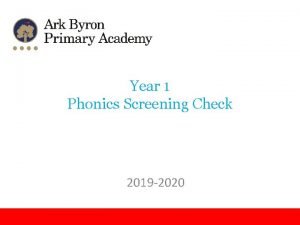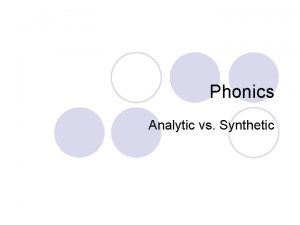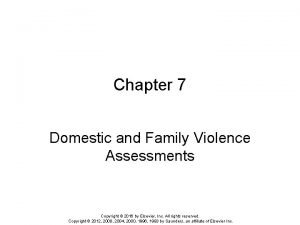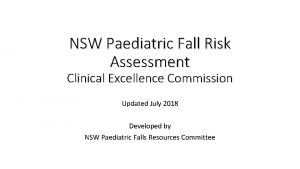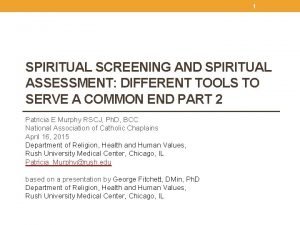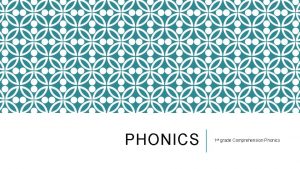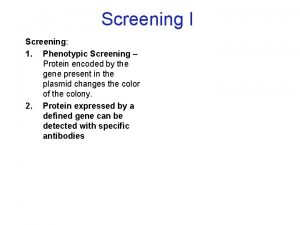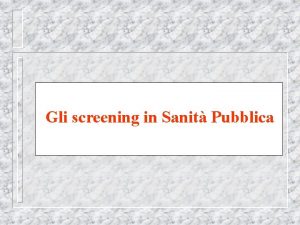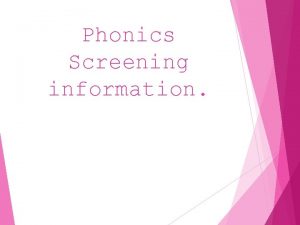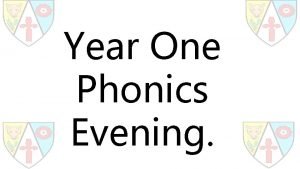Phonics Screening What is Phonics Phonics is a






- Slides: 6

Phonics Screening

What is Phonics? • Phonics is a way of teaching children how to read and write. It helps children hear, identify and use different sounds that distinguish one word from another in the English language. • Children will begin to learn their phonics sounds in the Early Years. They will start by learning initial sounds e. g. s, a, t, p, i, n as these can easily be blended together to sound out simple CVC words. As they progress through foundation and into Year 1 they will begin to learn over 40 sounds which will support them with their reading and writing. • Phonics is taught for 20 minutes daily at school across Key Stage 1 and will consist of a range of adult led and independent activities.

What is the Phonics screening check? • Children in Year 1 throughout the country will all be taking part in a phonics screening check during the same week in June. Children in Year 2 will also take the check if they did not achieve the required result when in Year 1 or they have not taken the test before. • The screening check is designed to confirm whether individual children have learnt phonic decoding and blending skills to an appropriate standard.

What happens during the check? • During the screening check, individual children will read a list of 40 words to their class teacher. • The list of words that the child reads is a combination of 20 real words and 20 nonsense words.

How you can help your children at home • Play lots of sound and listening games with your child. • Read as much as possible to and with your child. • Encourage and praise – get them to have a ‘good guess’. • If your child is struggling to decode a word, help them by encouraging them to say each sound in the word from left to right. • Blend the sounds by pointing to each one, e. g. /c/ in cat, /p/ in pat, /ng/ in sing, /ee/ in been. ‘ • Discuss the meaning of words if your child does not know what they have read

29 th January 9 am – 11. 30 am We would like to invite Reception and Year 1 parents to come and join in with Phonic activities on Tuesday the 29 th January in the morning. We kindly ask that only adults attend this morning.
